1
 Bala Ganapati
Bala Ganapati
Bala Ganapati is "the Childlike" God of golden hue. In His hands He holds a banana, mango, sugar cane and jackfruit, all representing the earth's abundance and fertility. His trunk garners His favorite sweet, the modaka.
 Taruna Ganapati
Taruna Ganapati
Eight-armed, Taruna Ganapati, "the Youthful," holds a noose and goad, modaka, wood apple, rose apple, His broken tusk, a sprig of paddy and a sugar cane stalk. His brilliant red color reflects the blossoming of youth.
 Bhakti Ganapati
Bhakti Ganapati
Shining like the full moon during harvest season and garlanded with flowers, Bhakti Ganapati, dear to devotees, is indeed pleasant to look upon. He holds a banana, a mango, coconut and a bowl of sweet payasa pudding.
 Vira Ganapati
Vira Ganapati
The "Valiant Warrior," Vira Ganapati, assumes a commanding pose. His 16 arms bristle with weapons, symbols of mind powers: a goad, discus, bow, arrow, sword, shield, spear, mace, a battleaxe, a trident and more.
5
 Shakti Ganapati
Shakti Ganapati
Four-armed and seated with one of His shaktis on His knee, Shakti Ganapati, "the Powerful," of orange-red hue, guards the householder. He holds a garland, noose and goad, and bestows blessings with the abhaya mudra.
6
 Dvija Ganapati
Dvija Ganapati
Four-headed Dvija Ganapati, "the Twice-born," is moon-like in color. Holding a noose, a goad, an ola leaf scripture, a staff, water vessel and a his japa beads, He reminds one and all of the urgency for disciplined striving.
7
 Siddhi Ganapati
Siddhi Ganapati
Golden-yellow Siddhi Ganapati, "the Accomplished," is the epitome of achievement and self-mastery. He sits comfortably holding a bouquet of flowers, an axe, mango, sugar cane and, in His trunk, a tasty sesame sweet.
8
 Ucchhishta Ganapati
Ucchhishta Ganapati
Ucchhishta Ganapati is "Lord of Blessed Offerings" and guardian of culture. Of blue complexion and six-armed, He sits with His Shakti, holding a vina, pomegranate, blue lotus flower, japa mala and a sprig of fresh paddy.
9
 Vighna Ganapati
Vighna Ganapati
Vighna Ganapati, "Lord of Obstacles," is of brilliant gold hue and bedecked in jewels. His eight arms hold a noose and goad, tusk and modaka, conch and discus, a bouquet of flowers, sugar cane, flower arrow and an axe.
10
 Kshipra Ganapati
Kshipra Ganapati
Handsome, red-hued Kshipra Ganapati, "Quick-acting" giver of boons, displays His broken tusk, a noose, goad and a sprig of the kalpavriksha (wish-fulfilling) tree. In His uplifted trunk He holds a tiny pot of precious jewels.
11
 Heramba Ganapati
Heramba Ganapati
Five-faced, white in color, Heramba Ganapati, "Protector of the Weak," rides a big lion. He extends the gestures of protection and blessing while holding a noose, japa beads, axe, hammer, tusk, garland, fruit and modaka.
12
 Lakshmi Ganapati
Lakshmi Ganapati
Lakshmi Ganapati, pure white giver of success, sits flanked by Wisdom and Achievement. Gesturing varada mudra, He holds a green parrot, a pomegranate, sword, goad, noose, sprig of kalpavriksha and a water vessel.
13
 Maha Ganapati
Maha Ganapati
Accompanied by one of His shaktis, "the Great," Maha Ganapati, is red-complexioned and three-eyed. He holds His tusk, a pomegranate, blue lily, sugar-cane bow, discus, noose, lotus, paddy sprig, mace and a pot of gems.
14
 Vijaya Ganapati
Vijaya Ganapati
Four-armed, of red hue and riding His resourceful mushika, Vijaya Ganapati is "the Victorious" bestower of success. His insignia are the broken tusk, elephant goad, a noose and a lucious golden mango, His favorite fruit.
15
 Nritya Ganapati
Nritya Ganapati
The happy "Dancer," Nritya Ganapati, is four-armed and golden, with rings on His fingers, holding a tusk, goad, noose and modaka sweet. He prances under the kalpavriksha tree, epitomizing exuberant activity and joy.
16
 Urdhva Ganapati
Urdhva Ganapati
Seated with one of His shaktis on His left knee, Urdhva Ganapati is "the Elevated" Lord of golden hue. In His six hands He holds a sprig of paddy, a lotus, the sugar cane bow, an arrow, His ivory tusk and a blue water lily.
17
 Ekakshara Ganapati
Ekakshara Ganapati
Ekakshara, of "Single-Syllable" (gam), is three-eyed, of red complexion and attire. Crescent moon on His crown, He sits in lotus pose upon Mushika, offers the boon-giving gesture and holds a pomegranate, noose and goad.
18
 Varada Ganapati
Varada Ganapati
Varada Ganapati, "the Boon-Giver with prominent third eye of wisdom, holds a dish of honey, the noose and goad and encloses a pot of jewels in His trunk. His shakti is at His side, and the crescent moon adorns His crown.
19
 Tryakshara Ganapati
Tryakshara Ganapati
Tryakshara Ganapati, "the Lord of Three Letters" (A-U-M), is gold in color and has fly whisks in His big floppy ears. He carries the broken tusk, goad, noose and mango and is often seen grasping a sweet modaka in His trunk.
20
 Kshipra Prasada Ganapati
Kshipra Prasada Ganapati
Kshipra Prasada Ganapati, "the Quick Rewarder," presides from a kusha-grass throne. His big belly symbolizes the manifest universe. He holds a noose, goad, tusk, lotus, pomegranate and a twig of the wish-fulfilling tree.
21
 Haridra Ganapati
Haridra Ganapati
Haridra Ganapati, the golden one dressed in bright yellow vestments, sits calmly on a posh, regal throne. Along with His tusk and a modaka, He wields a noose to hold devotees close and a sharp goad to spur them onward.
22
 Ekadanta Ganapati
Ekadanta Ganapati
Ekadanta, of "Single Tusk," is distinguished by His blue color and sizeable belly. The attributes of this murti are an axe for cutting the bonds of ignorance, prayer beads for japa, a laddu sweet and the broken right tusk.
23
 Srishti Ganapati
Srishti Ganapati
Riding on His docile and friendly mouse, Srishti Ganapati is the lord of happy "Manifestation." This active God, of red complexion, holds His noose a goad, a perfect mango, and His tusk, representing selfless sacrifice.
24
 Uddanda Ganapati
Uddanda Ganapati
Uddanda Ganapati is the bold "Enforcer of Dharma," the laws of being. His ten hands hold a pot of gems, a blue lily, sugar cane, a mace, lotus flower, sprig of paddy, a pomegranate, noose, garland and His broken tusk.
25
 Rinamochana Ganapati
Rinamochana Ganapati
Rinamochana Ganapati is humanity's liberator from guilt and bondage. His figure of alabaster skin is apparelled in red silks. He bears a noose and a goad, His milk-white tusk and a favorite fruit, the rose apple.
26
 Dhundhi Ganapati
Dhundhi Ganapati
Red-hued Dhundhi Ganapati, "the Sought After," holds a strand of rudraksha beads, His broken tusk, an axe and a small pot of precious gems thought to represent the treasury of awakenings He saves for all ardent devotees.
27
 Dvimukha Ganapati
Dvimukha Ganapati
Dvimukha Ganapati, called Janus by the Romans, with two divergent faces, sees in all directions. His blue-green form is dressed in red silk. He wears a bejeweled crown and holds a noose, goad, His tusk and a pot of gems.
28
 Trimukha Ganapati
Trimukha Ganapati
Trimukha Ganapati, the contemplative "three-faced" Lord of red hue, sits on a golden lotus, telling His beads, holding a noose, goad and vessel of nectar. He gestures protection with a right hand and blessings with a left.
29
 Sinha Ganapati
Sinha Ganapati
Sinha Ganapati, white in color, rides a lion and displays another lion in one hand, symbolizing strength and fearlessness. He also holds a kalpavriksha sprig, the vina, a lotus blossom, flower bouquet and a pot of jewels.
30
 Yoga Ganapati
Yoga Ganapati
Yoga Ganapati is absorbed in mantra japa, His knees strapped in meditative pose, hands holding a yoga staff, sugar cane stalk, a noose and prayer beads. His color is like the morning sun. Blue garments adorn His form.
31
 Durga Ganapati
Durga Ganapati
Durga Ganapati, the "Invincible," waves the flag of victory over darkness. This splendid murti is of deep gold hue, dressed in red, holding a bow and arrow, noose and goad, prayer beads, broken tusk and a rose apple.
32
Sankatahara Ganapati
Sankatahara Ganapati, "the Dispeller of Sorrow," is of sunlike hue, dressed in blue, and seated on a red lotus flower. He holds a bowl of pudding, a goad and a noose while gesturing the boon-granting varada mudra.


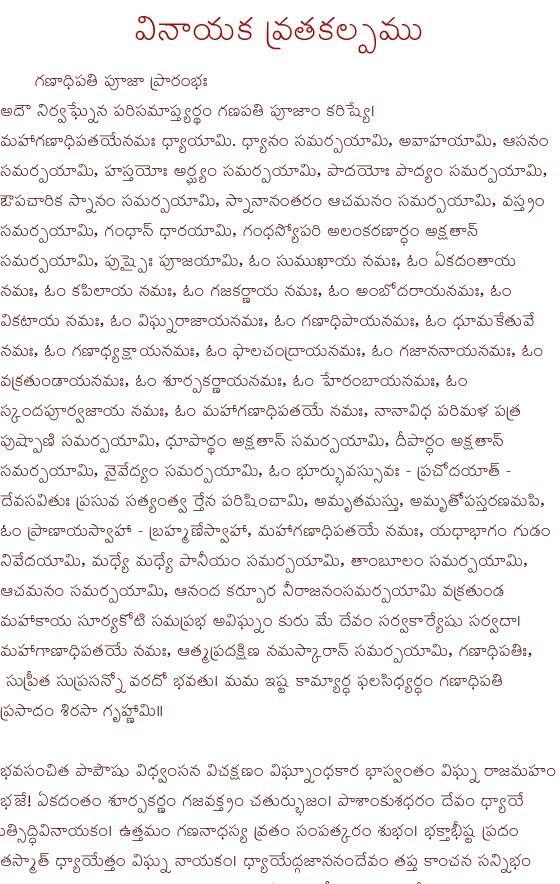
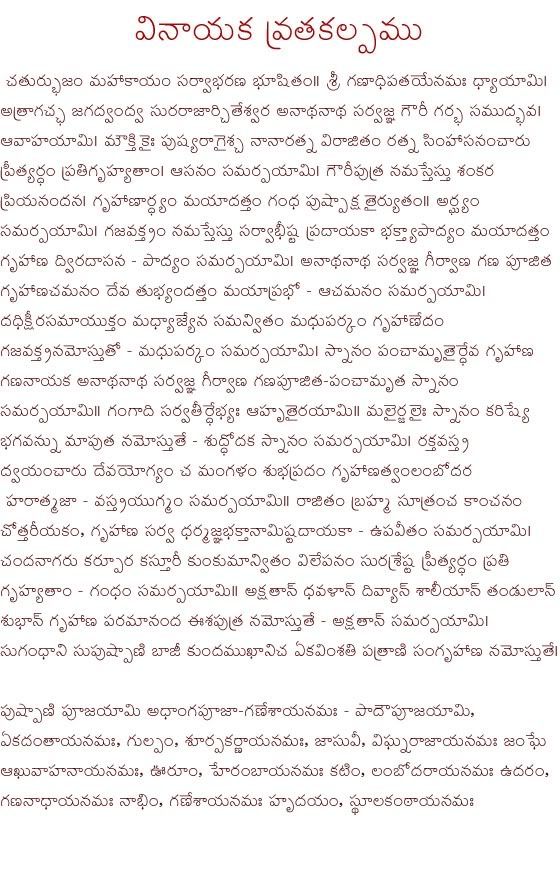
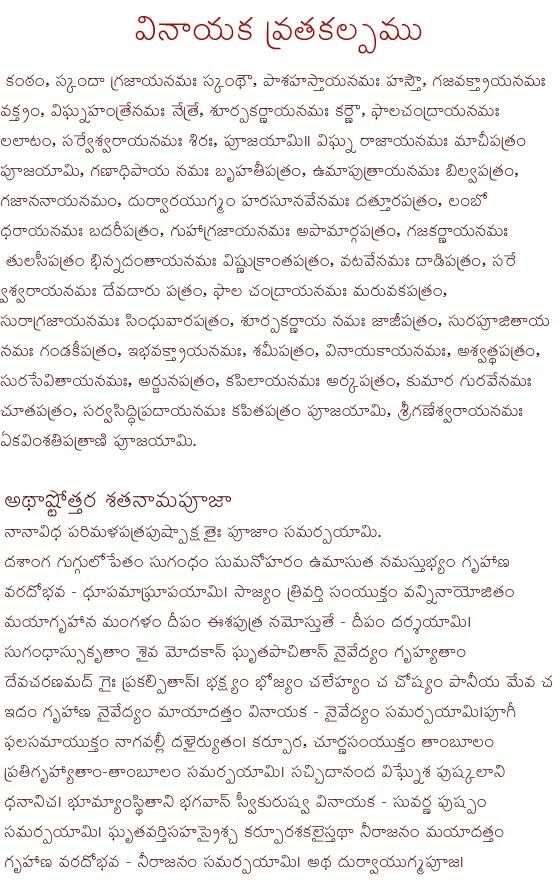
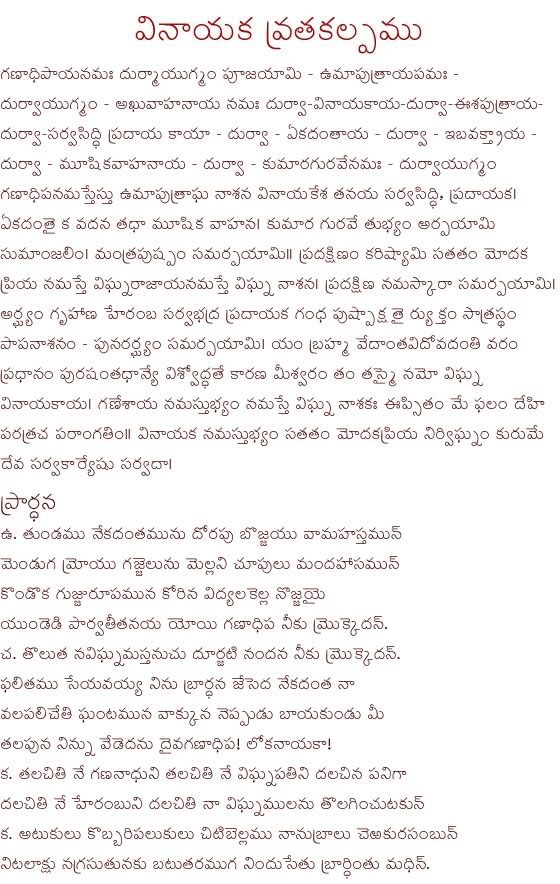

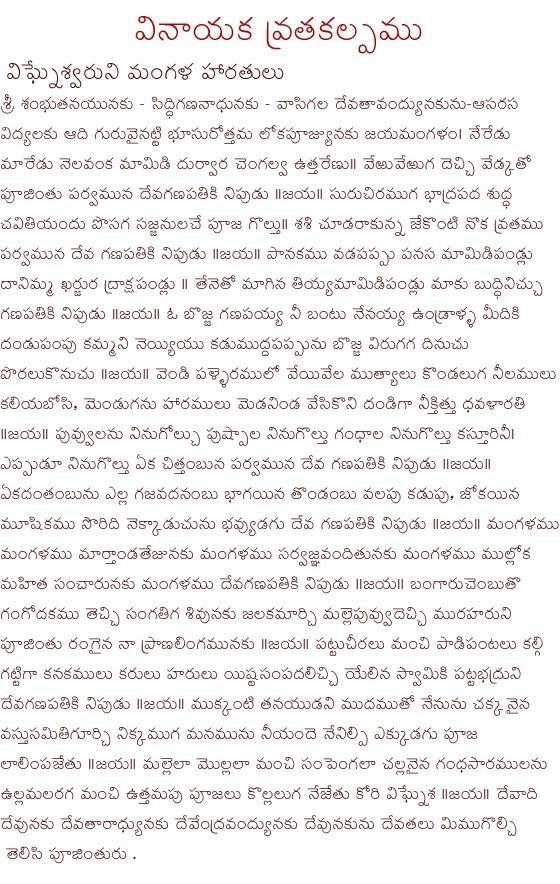
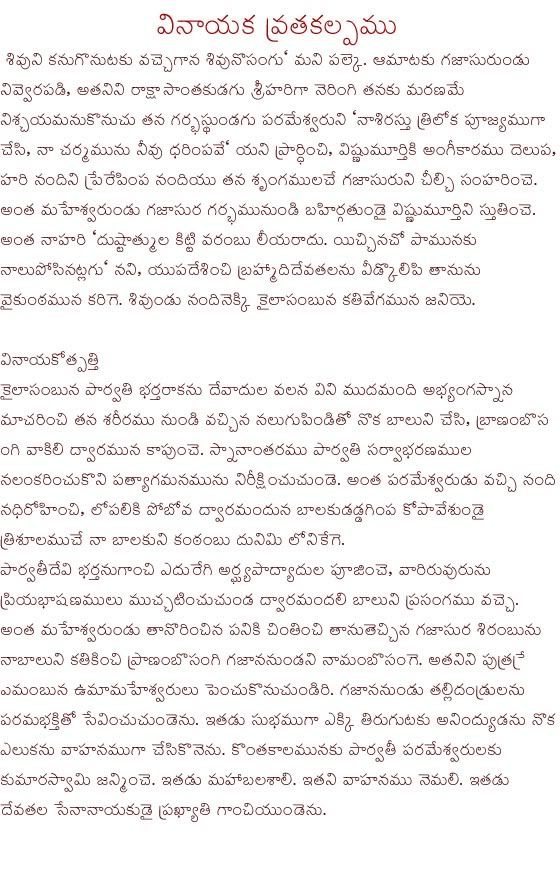
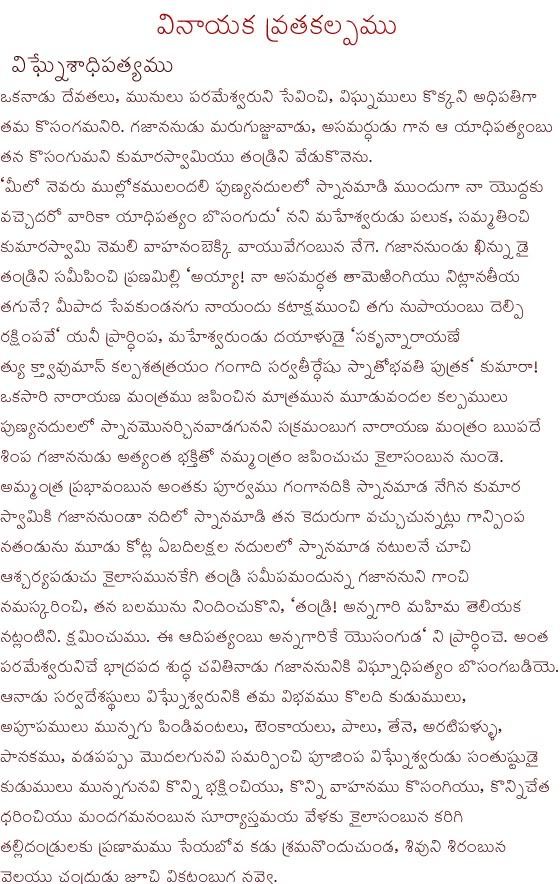

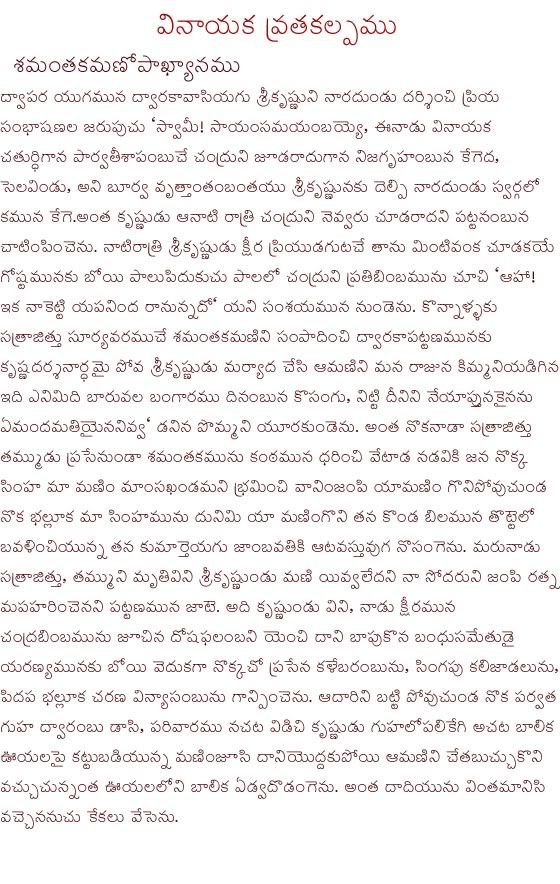
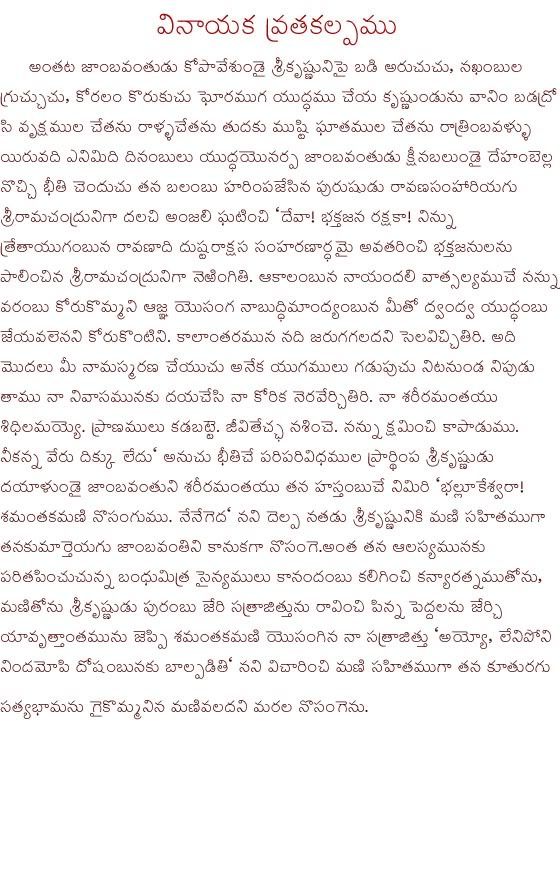
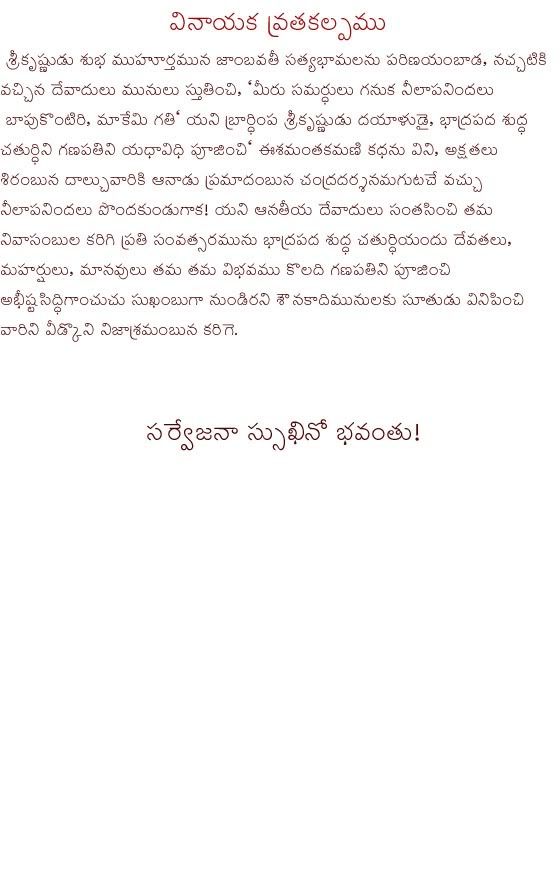































































 Mantras
Mantras
suklam baradaram
Birth of ganesha
Ganesha Family
Vehicle of Ganesha
Ganesh symbolism
32 forms of ganesha